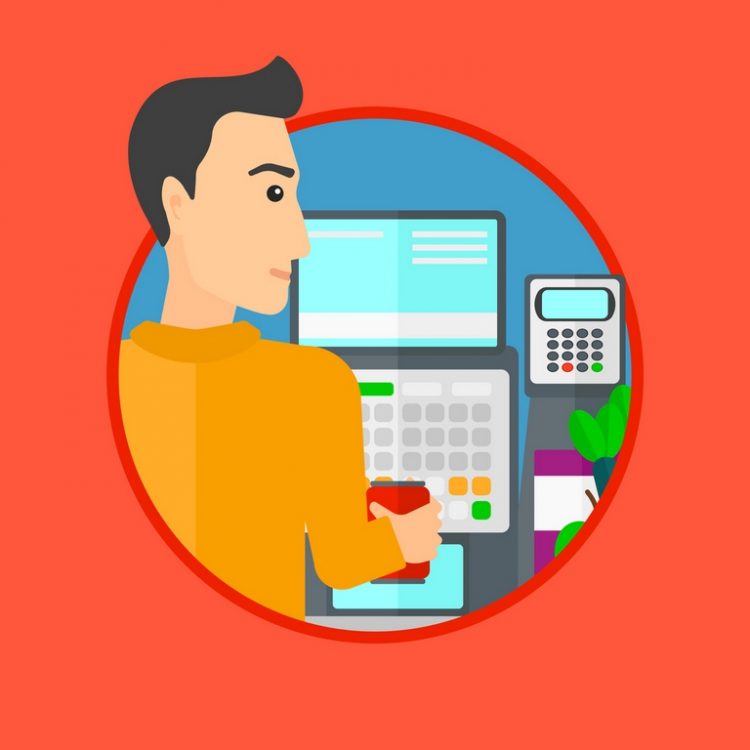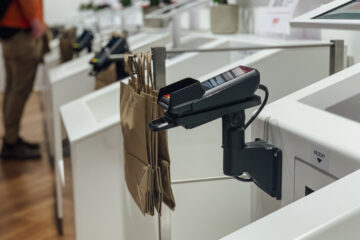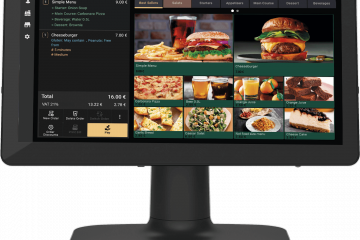Retailers Face New Challenges With Self-Checkout

As more and more retailers are looking to invest in automation technologies, self-checkout has gained in popularity largely due to the economic benefits which come from freeing up resources and staff for more complex tasks and services and the ability to speed up checkout and reduce waiting times, which makes for happier customers.
However, several large retailers are reporting that self-checkout kiosks are presenting new challenges, namely a higher incidence of theft and the friction created when the system doesn’t work quite so smoothly. People are more likely to walk out with unscanned items or find ways to scan lower cost barcodes for their items.
That’s why some retailers in the US are disabling the weight sensors and introducing alternative methods – usually a combination of video technology and human observation – to monitor self-checkout for mis-scanned items or theft, which they believe are proving to be more effective a catching errors or theft, and making it so that transactions are stopped only when absolutely necessary.
Do the Pros still outweigh the Cons?
So is it worth investing in self-checkout? For many specialty retailers, wait times are not really a major issue compared to supermarkets. Nevertheless, many retailers have experienced a positive reaction from customers, such as in the case of Decathlon, an Openbravo customer.
Perhaps this is because customers nowadays are more used to interacting with technology, and self-checkout also helps stores compete with the speed and convenience offered online. Moreover, as customers are encouraged to use omnichannel services like Click-and-Collect, a fast in-store checkout becomes an important part of the experience as a whole.
For restaurants facing rising staff costs pressures, particularly in the fast-casual sector, self-checkout is more readily accepted by customers and it gives the restaurant modern, high-tech image.
So, self-checkout continues to offer many benefits, but retailers need to weigh up the pros and cons of self-checkout carefully and be aware that they may need a flexible technology platform that allows them to adapt to new challenges along the way.
To find out more about the self-checkout capabilities of Openbravo, read this blog post, Openbravo New Release Helps Boost Customer Satisfaction at the POS with Self-Checkout




No Comment